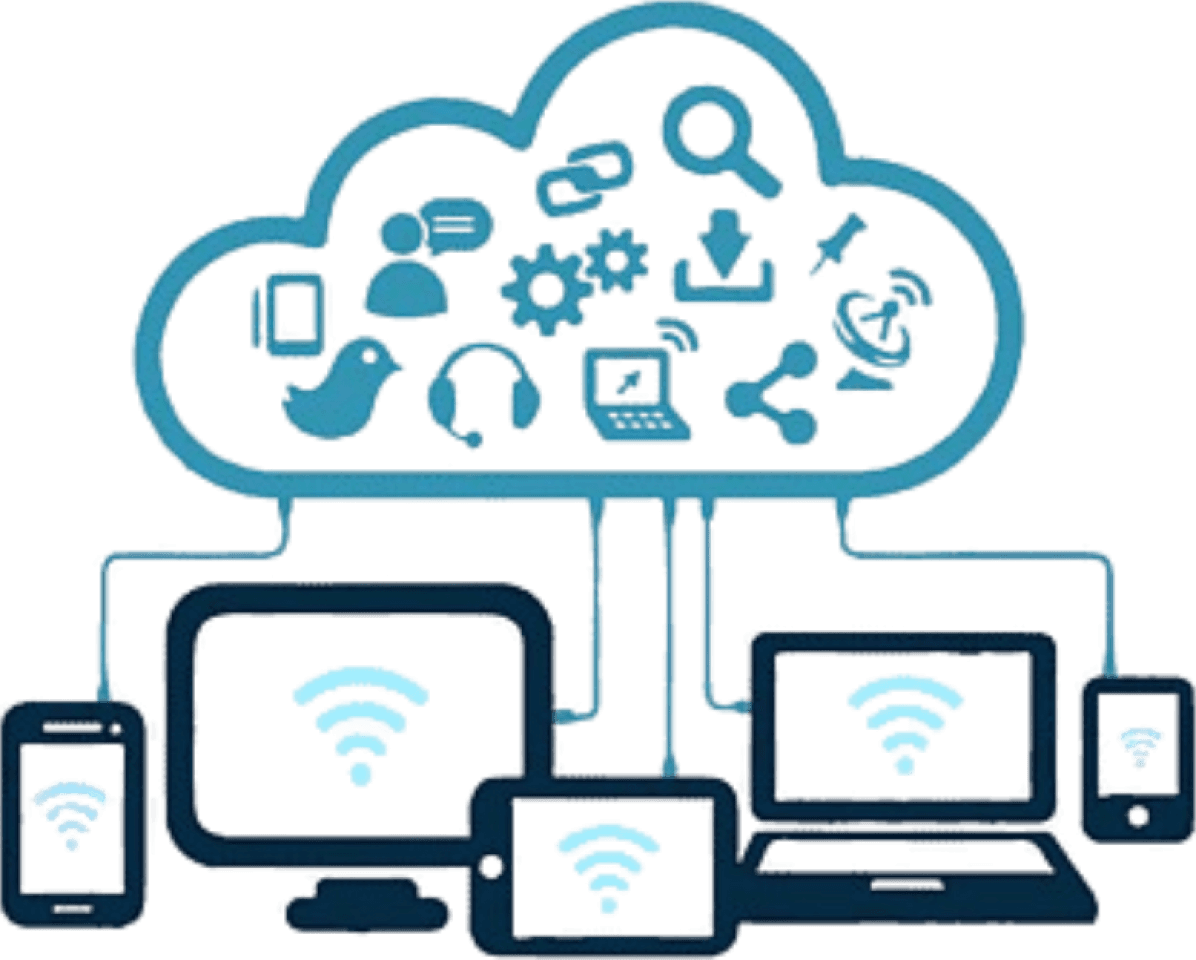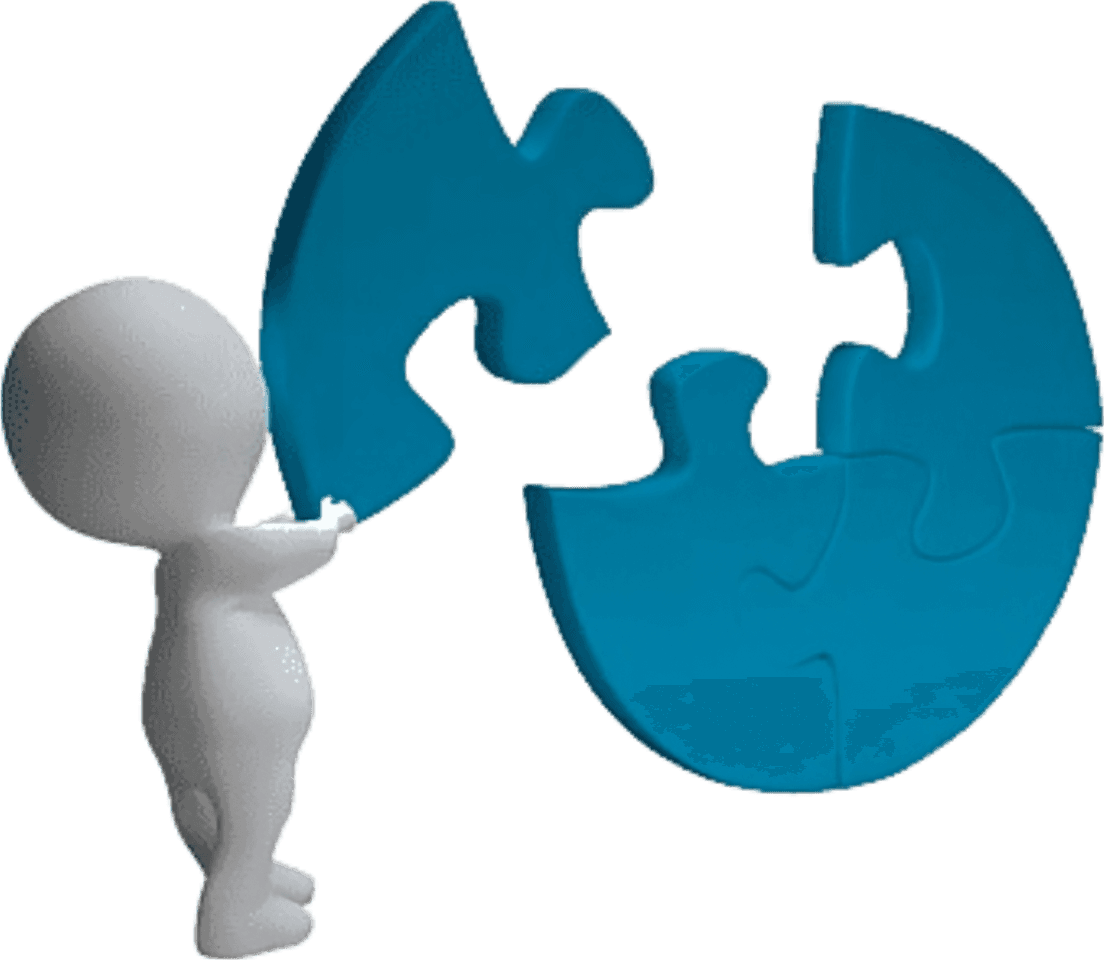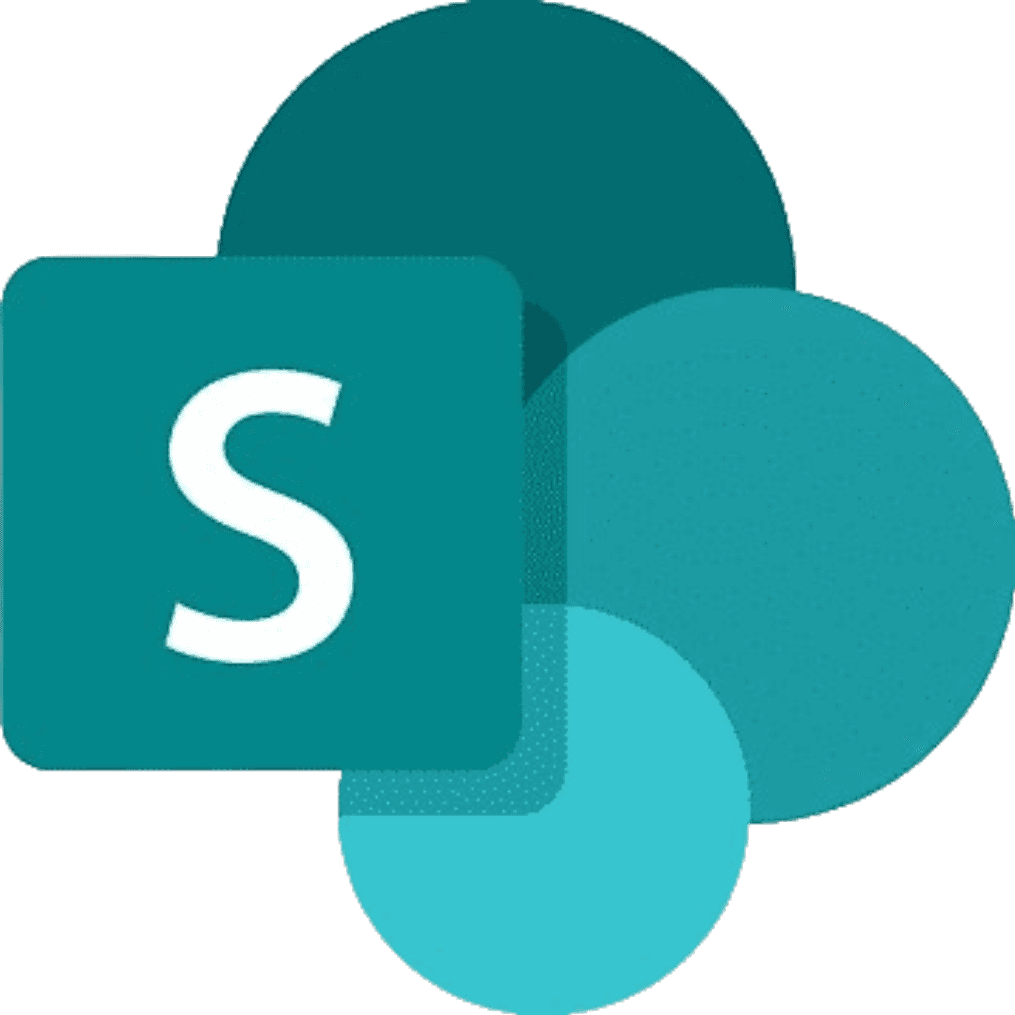Transforming Sight into Insight: 9 Computer Vision Techniques One Must Know
Transforming Sight into Insight: 9 Computer Vision Techniques One Must Know
Transforming Sight into Insight: 9 Computer Vision Techniques One Must Know
Transforming Sight into Insight: 9 Computer Vision Techniques One Must Know
Transforming Sight into Insight: 9 Computer Vision Techniques One Must Know
Transforming Sight into Insight: 9 Computer Vision Techniques One Must Know
Transforming Sight into Insight: 9 Computer Vision Techniques One Must Know
By Apratim Ghosh
By Apratim Ghosh
By Apratim Ghosh
Jan 17, 2025
Jan 17, 2025
Jan 17, 2025
Generative AI
Generative AI
Computer vision
Computer vision
Enterprise AI
Enterprise AI
Listen to this blog :
0:00/1:34
White paper
White paper
AI Based Gross to Net (G2N) Solution
AI Based Gross to Net (G2N) Solution
Valuable Asset For Agri Science Company
Valuable Asset For Agri Science Company





Computer vision revolutionizes how machines capture, interpret, and analyze real-world images and video feeds. According to Gartner, the enterprise computer vision market will pass $386 billion by 2031, with manufacturing, automotive, and retail markets offering the fastest revenue growth opportunities.
As organizations look to leverage computer vision to extract meaningful information across various use cases, it is essential to understand the underlying mechanisms it uses for different applications. From object detection to facial recognition, image classification to monitoring, read on as we discuss the top computer vision techniques to embrace.
Understanding Computer Vision Techniques
In the past, visual information processing demanded significant human intervention, making it labor-intensive and prone to errors. However, today, advancements in Generative AI algorithms are fueling the transformative power of computer vision for commercial applications. AI-enabled computer vision systems now offer unparalleled scalability and precision, making them accessible (and indispensable) to businesses of all sizes.
Whether defect detection or medical diagnosis, computer vision use cases are endless, reshaping industries and unlocking new potential. To do this, the technology relies on several techniques, as we will see below:
Object detection: Object detection enables systems to detect, identify, sort, and organize images. For example, organizations can use object detection techniques in manufacturing quality to find defects in their products or raw materials, reducing waste and improving product quality.
Feature extraction: Feature extraction is a fundamental computer vision technique that extracts relevant information from raw data, capturing important patterns and characteristics. FinTech leaders can use feature extraction to identify anomalous behavior, such as unusual spending patterns, forged signatures, or credit card transaction issues–reducing financial losses due to fraud.
Instance segmentation: Instance segmentation helps classify objects in an image, like semantic segmentation, but at a more advanced level with pixel-wise boundaries. It can group similar object types into categories and label them according to their color, shape, etc. In the medical field, doctors can use instance segmentation to detect the specific boundaries of tissues and pathologies, helping diagnose tumors and gastrointestinal and urological conditions.

Source: GitHub
Image classification: Image classification is a popular computer vision technique that labels images based on their class. For example, healthcare organizations can classify X-rays, MRIs, and CT scans into different categories based on the presence of specific tumors or diseases - improving diagnosis, treatment planning, and disease monitoring.
Semantic segmentation: Semantic segmentation goes a step ahead of image classification, classifying each pixel of an image to specify what objects it has. For example, retailers can use semantic segmentation to identify products, empty spaces, and misplaced items in their stores. They can then use this data to optimize inventory, avoid out-of-stock scenarios, and ensure shelves are always stacked with the right items.
Object tracking: Object tracking in computer vision uses deep learning techniques to identify and track items belonging to categories. For example, supply chain leaders can use object tracking to track and trace the movement of finished products and ensure end-to-end visibility into the supply chain for timely deliveries.

Source: Quality Digest
Key point detection: Key point detection is a technique that provides more details about a class of objects. It identifies people in images and video feeds and detects key parts such as the face, hands, legs, or overall pose. Organizations in the construction and utilities sectors can use key point detection to detect and alert at-risk workers and prevent incidents, enhancing worker safety and security across operations.
Content-based image retrieval: Content-based image retrieval (CBIR) analyzes the contents of images instead of the metadata, such as keywords, tags, or descriptions associated with the image. This can include colors, shapes, textures, or any other information derived from the image itself. Quality control leaders can use CBIR to query images of defective products and retrieve images with similar flaws for analysis and rectification.
Panoptic segmentation: Panoptic segmentation, a combination of instance and semantic segmentation techniques, classifies objects in an image at the pixel level while also identifying individual instances of objects. For instance, in autonomous driving, panoptic segmentation can accurately detect objects, including cars, drivable space, pavements, and pedestrians, offering a detailed understanding of the driving environment.

Source: NVIDIA
Achieve Operational Excellence with InovarTech
As AI advances, the realm of computer vision is expanding, offering several use cases. Whether you are struggling with production defects, workplace accidents, or inefficient logistics, the various computer vision techniques provide the insight you need to overcome challenges and achieve operational excellence.
At InovarTech, we have built an AI-powered system that uses advanced computer vision algorithms to identify, classify, and group objects, classes, and more. Explore our Vision Guard AI platform and learn how it can improve product quality, reduce scrap rates, and prevent costly recalls, ensuring customer satisfaction and protecting your brand reputation.
Computer vision revolutionizes how machines capture, interpret, and analyze real-world images and video feeds. According to Gartner, the enterprise computer vision market will pass $386 billion by 2031, with manufacturing, automotive, and retail markets offering the fastest revenue growth opportunities.
As organizations look to leverage computer vision to extract meaningful information across various use cases, it is essential to understand the underlying mechanisms it uses for different applications. From object detection to facial recognition, image classification to monitoring, read on as we discuss the top computer vision techniques to embrace.
Understanding Computer Vision Techniques
In the past, visual information processing demanded significant human intervention, making it labor-intensive and prone to errors. However, today, advancements in Generative AI algorithms are fueling the transformative power of computer vision for commercial applications. AI-enabled computer vision systems now offer unparalleled scalability and precision, making them accessible (and indispensable) to businesses of all sizes.
Whether defect detection or medical diagnosis, computer vision use cases are endless, reshaping industries and unlocking new potential. To do this, the technology relies on several techniques, as we will see below:
Object detection: Object detection enables systems to detect, identify, sort, and organize images. For example, organizations can use object detection techniques in manufacturing quality to find defects in their products or raw materials, reducing waste and improving product quality.
Feature extraction: Feature extraction is a fundamental computer vision technique that extracts relevant information from raw data, capturing important patterns and characteristics. FinTech leaders can use feature extraction to identify anomalous behavior, such as unusual spending patterns, forged signatures, or credit card transaction issues–reducing financial losses due to fraud.
Instance segmentation: Instance segmentation helps classify objects in an image, like semantic segmentation, but at a more advanced level with pixel-wise boundaries. It can group similar object types into categories and label them according to their color, shape, etc. In the medical field, doctors can use instance segmentation to detect the specific boundaries of tissues and pathologies, helping diagnose tumors and gastrointestinal and urological conditions.

Source: GitHub
Image classification: Image classification is a popular computer vision technique that labels images based on their class. For example, healthcare organizations can classify X-rays, MRIs, and CT scans into different categories based on the presence of specific tumors or diseases - improving diagnosis, treatment planning, and disease monitoring.
Semantic segmentation: Semantic segmentation goes a step ahead of image classification, classifying each pixel of an image to specify what objects it has. For example, retailers can use semantic segmentation to identify products, empty spaces, and misplaced items in their stores. They can then use this data to optimize inventory, avoid out-of-stock scenarios, and ensure shelves are always stacked with the right items.
Object tracking: Object tracking in computer vision uses deep learning techniques to identify and track items belonging to categories. For example, supply chain leaders can use object tracking to track and trace the movement of finished products and ensure end-to-end visibility into the supply chain for timely deliveries.

Source: Quality Digest
Key point detection: Key point detection is a technique that provides more details about a class of objects. It identifies people in images and video feeds and detects key parts such as the face, hands, legs, or overall pose. Organizations in the construction and utilities sectors can use key point detection to detect and alert at-risk workers and prevent incidents, enhancing worker safety and security across operations.
Content-based image retrieval: Content-based image retrieval (CBIR) analyzes the contents of images instead of the metadata, such as keywords, tags, or descriptions associated with the image. This can include colors, shapes, textures, or any other information derived from the image itself. Quality control leaders can use CBIR to query images of defective products and retrieve images with similar flaws for analysis and rectification.
Panoptic segmentation: Panoptic segmentation, a combination of instance and semantic segmentation techniques, classifies objects in an image at the pixel level while also identifying individual instances of objects. For instance, in autonomous driving, panoptic segmentation can accurately detect objects, including cars, drivable space, pavements, and pedestrians, offering a detailed understanding of the driving environment.

Source: NVIDIA
Achieve Operational Excellence with InovarTech
As AI advances, the realm of computer vision is expanding, offering several use cases. Whether you are struggling with production defects, workplace accidents, or inefficient logistics, the various computer vision techniques provide the insight you need to overcome challenges and achieve operational excellence.
At InovarTech, we have built an AI-powered system that uses advanced computer vision algorithms to identify, classify, and group objects, classes, and more. Explore our Vision Guard AI platform and learn how it can improve product quality, reduce scrap rates, and prevent costly recalls, ensuring customer satisfaction and protecting your brand reputation.
Get in Touch
Get in Touch
Related Blogs
Related Blogs
Related Blogs
Related Blogs





Join our Newsletter 👇,
Join our Newsletter 👇,
Join our Newsletter 👇,
Join our Newsletter 👇,
Want the latest technology updates & business trends in your inbox? Subscribe to our newsletter and experience reading really interesting and informative.
Want the latest technology updates & business trends in your inbox? Subscribe to our newsletter and experience reading really interesting and informative.
Your email address
Sign me up
Explore more topics
Ready to brush up on something new? We've got more to read right this way.
Explore more topics
Ready to brush up on something new? We've got more to read right this way.
Explore more topics
Ready to brush up on something new? We've got more to read right this way.
Explore more topics
Ready to brush up on something new? We've got more to read right this way.
Explore more topics
Ready to brush up on something new? We've got more to read right this way.
TECH
Inspire
Ideate
Inovate
Reach Out to Us :
Copyright © 2025 InovarTech. All rights reserved
TECH
Inspire
Ideate
Inovate
Reach Out to Us :
Copyright © 2025 InovarTech. All rights reserved
TECH
Inspire
Ideate
Inovate
Reach Out to Us :
Copyright © 2025 InovarTech. All rights reserved
TECH
Inspire
Ideate
Inovate
Reach Out to Us :
Copyright © 2025 InovarTech. All rights reserved
TECH
Inspire
Ideate
Inovate
Reach Out to Us :
Copyright © 2025 InovarTech. All rights reserved








